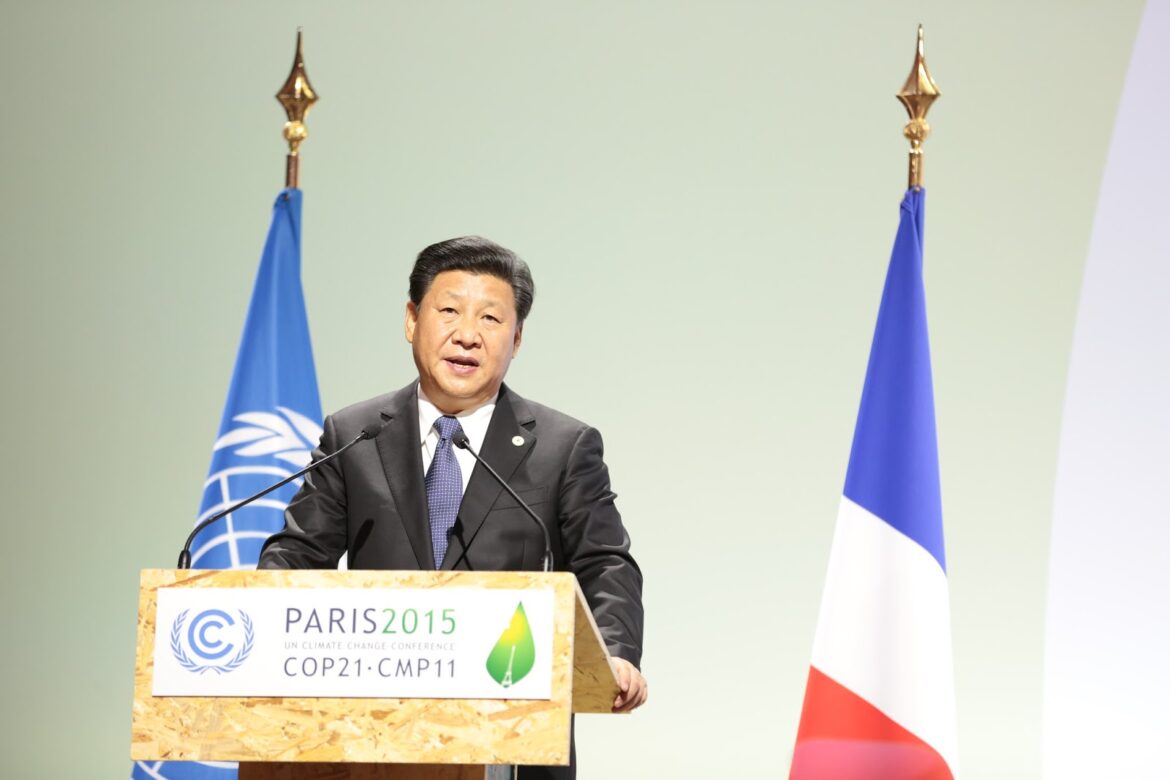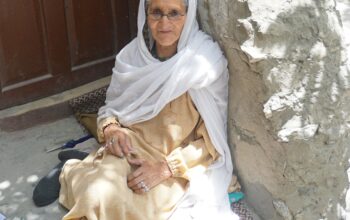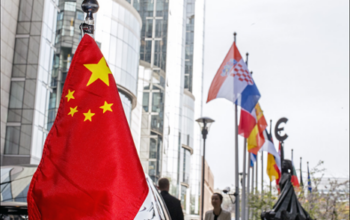When Xi Jinping, leader of the Chinese Communist Party (CCP), began to speak of ‘the China dream’ in 2013, many were unsure as to what exactly this dream encompassed. Some understood it to be anything that comes to mind. Studying hard, working hard, doing something good for the country. The nationalist undertones were exactly what many thought to be the goal of the China Dream; to raise the popularity of the CCP amongst the broad population and strengthen nationalism whilst ensuring internal stability and political legitimacy. In other words, it was believed to be a ruse, a simple propaganda campaign to solidify the Communist Party’s power.
The rise of China
Since 1979 East Asia has experienced massive economic growth and the region has since become the core junction of the global economy. The international market and politics have now pivoted to East Asia increasing the tension between key actors; China, the United States, Japan, South Korea, North Korea and Taiwan. The region is ripe with territorial and maritime disputes, military arms’ races and concerns of North Korean activity, all factors that might punctuate the equilibrium. Especially noteworthy is that the rise of China has enabled them to challenge the US-led international order and position themselves as a force to be reckoned with. Not only does the rise of China’s economic and military power upset the global power balance, but leaves us with no choice other than to pay close attention to whatever political vision they bring forth for the world.
A unique hybrid
A main priority for the CCP is to maintain the rapid growth they have seen in the last decades. Continued growth will ensure domestic stability and broader geopolitical stability, making economic growth a prime object to fulfill in various aspects. It has long been argued by political scientists and Western scholars that sustained economic growth would eventually lead to political realization – and sustained economic growth, in fact, required the latter. So, for China to have kept their one-party rule system for so long, while developing their economy, has been quite surprising. For a long time, the United States’ policy towards China was to induce change, to give economic benefits to China with the belief that China would open their economy and allow for democratization. Despite such expectations, China has stayed on its own course, and has undertaken political and economic reform via bureaucratic means, reaping the benefits of democratization while simultaneously tightening its grip on the state-led economic model.
Hence, China has in fact become an authoritarian capitalist machine and “ha[s] created a unique hybrid: autocracy with democratic characteristics” (Ang, 2018, p. 39-40). China has utilized economic growth as a means of securing the legitimacy of the Communist Party while avoiding the luring possibility of political liberalization.
The Xi manoeuvre
In the obvious power vacuum created by the U.S. President Donald Trump after withdrawing from essential political goals such as the Paris Climate Agreement and the exit from the World Health Organization in one of the most trying times – you know, with the raging pandemic and all – China has been welcomed onto the world stage. The United States’ withdrawal from multilateral partnerships has left a wound to be tended to, one in which Xi Jinping has happily emerged as the new global protector. At the UN 75th Annual General Assembly, Xi Jinping presented the Chinese vision for the world. He pledged to strengthen multilateral cooperation, ensure global public health, and distribute Chinese-developed vaccines to the Global South. Covid-19 has shown itself to be the perfect opportunity for increased Chinese-led leadership, however, it is not the only seized opportunity. Global governance reform, continued globalization and the climate change challenges were important talking points and Xi Jinping seemed to desire to take up the mantle. In direct opposition to President Trump’s political vision of putting America first, China wishes to strengthen multilateralism and live up to their responsibility as a powerful nation underpinning their slogan “community with a shared future”. The China dream manifests, for Xi Jinping at least, as the global technological, military, cultural and economic power to be fully realized in 2049. It is the population’s ultimate reward for keeping the Chinese Communist Party in power.
The Chinese dream has caught on and the promise of a great future has allowed for certain political manoeuvres within the CCP. The term limit of two consecutive presidencies, put in place as a precaution by Deng Xiaopeng in 1982, was removed by the CCP in 2018 allowing Xi Jinping to rule until his death (allegedly with broad popular demand despite no evidence released on the matter), much like the infamous Mao Zedong – and the similarities do not end here. Xi Jinping has had his own political philosophy added to the constitution and with his position as president, head of the CCP, and head of the military, he may just be the most powerful political Chinese leader since Zedong’s rule – possibly even in the world.
A vision or a nightmare?
In Xi Jinping’s closing statement at the 75th Annual General Assembly, he praised values of freedom, democracy, peace and justice and encouraged to show support for a new international order built on such values. Despite the promising and intriguing nature of such a statement, not least in the light of a crumbling United States, let us not forget the authoritarian tendencies that operate within the political decision-making in China. The unique hybrid, that is China, can leave many confused with the true nature of Chinese rule and obscure present actions and future intentions. The China dream does certainly not apply to all peoples of the world. The arbitrary detainment of Uighurs (a religious minority living in the Xinjiang province) in internment camps where they are ‘schooled’ can only be seen as modern ethnic cleansing and so it seems that self-determination and acceptance of minorities are, as a matter of fact, not included in Xi’s vision. The words uttered at the General Assembly and the human rights’ abuses within Chinese borders are best described as paradoxical.
So, what is in fact the China dream and Xi’s vision for the future? It is not yet clear whether an expansionist agenda to safeguard internal rest and economic growth (that will undoubtedly stir up tension in the East Asian region) and the increasing human rights’ abuse led by the CCP will prevail or if China will commit itself to international cooperation, peace, tolerance and security above all else. The China dream’s ambiguity is evident and we may not know its true meaning until we face 2049. However, it cannot any longer be viewed as a ruse to legitimize the CCP’s power since global leadership is without a doubt pivoting to China. It seems only one person carries the answer and he is setting the tone for the global future. To that we should all pay close attention.
Image: 9-COP21_Xi Jinping, Presidente de China, by ConexiónCOP Agencia de noticias, CC BY 2.0
Related articles:






